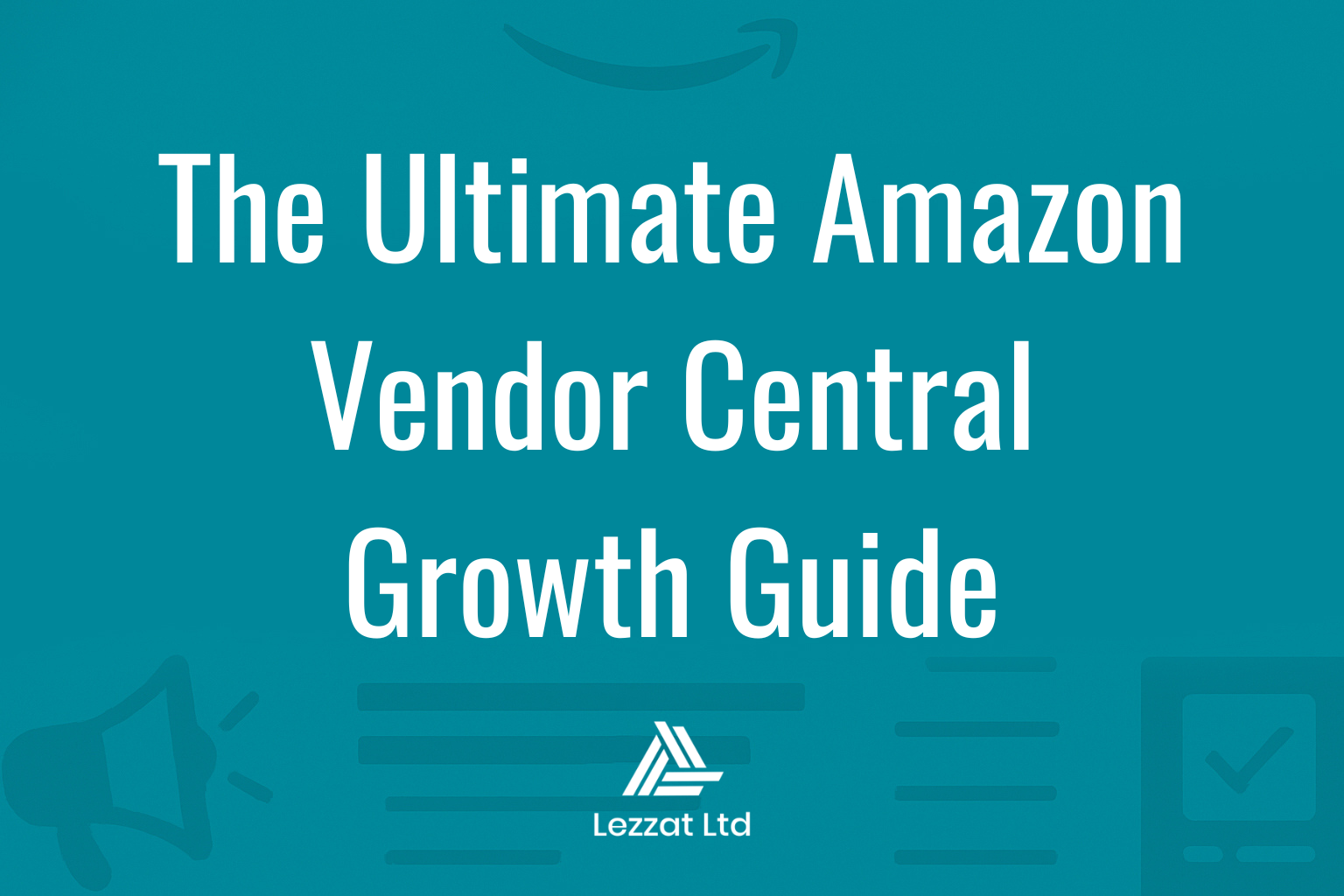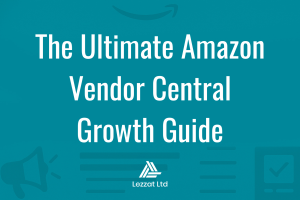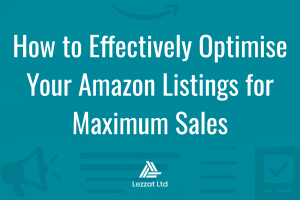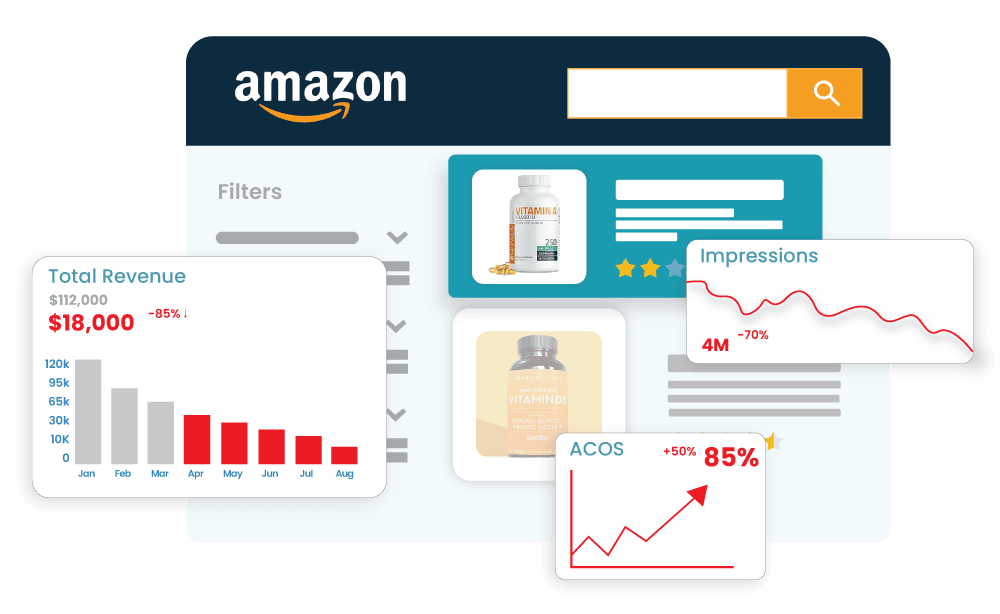The Ultimate Amazon Vendor Central Growth Guide
Selling on Amazon can feel like stepping into an arena. Millions of products, thousands of competitors, and an algorithm that decides who gets seen and who disappears. Some brands thrive. Others barely make a dent. The difference often comes down to how well you understand Amazon’s two big selling programmes: Vendor Central and Seller Central.
If you’re reading this, chances are you’ve been invited to Vendor Central—or you’re curious about it. It’s Amazon’s “first-party” model. You supply Amazon, and they sell to the customer. Sounds powerful, right? It is. You get credibility (“Sold by Amazon”), bulk orders, and access to premium tools. But there’s a flip side: less control, tough negotiations, and strict compliance rules.
This guide lays it all out. The benefits, the pitfalls, and—most importantly—the growth strategies that can turn Vendor Central into one of your most profitable channels.
Amazon Vendor Central vs Amazon Seller Central
First, let’s set the scene.
• Seller Central: Anyone can apply. You sell directly to customers, set your own prices, and choose fulfilment methods (FBA or FBM). It’s flexible and gives you control.
• Vendor Central: Invite-only. You sell in bulk to Amazon. They take ownership, decide the retail price, and handle the customer relationship. In return, you get reach, trust, and distribution power.
Both have pros and cons. Seller Central feels more entrepreneurial—you call the shots. Vendor Central feels more corporate—you play by Amazon’s rules. Many brands now choose a hybrid approach, using both to balance reach and control.
The Benefits of Amazon Vendor Central
Why do brands push for a Vendor Central invite? Here’s what makes it attractive:
• Trust at first sight: Customers see “Dispatched from and sold by Amazon.” That single line boosts conversion rates.
• Massive reach: Your products flow straight into Amazon’s distribution network. One purchase order can cover thousands of customers.
• Marketing tools: From A+ Content to Amazon Vine, vendors get access to advanced brand-building options.
• Bulk orders: Instead of chasing single sales, you’re shipping pallets. That can smooth out cash flow and make forecasting easier.
Sounds almost too good to be true. But ask any experienced vendor and they’ll tell you—it’s not all smooth sailing.
The Challenges of Amazon Vendor Management
Vendor Central isn’t a free ride. Amazon is both your biggest customer and your toughest negotiator. Here’s where many vendors stumble:
• Price control: Amazon sets the retail price. If they want to undercut the market, they will.
• Margin pressure: Expect heavy negotiations, discounts, and chargebacks. Your margins need to withstand the squeeze.
• Logistics: Amazon’s supply chain requirements are strict. Miss delivery windows and you’ll face penalties.
• Less flexibility: Compared to Seller Central, you have limited options for promotions and strategy.
So the question isn’t “Is Vendor Central easy?” It’s “Do you know how to play the game?” That’s where strategy comes in.
Growth Strategies for Your Amazon Vendor Account

Vendor Central can either drain your margins or unlock serious growth. The outcome depends on how well you execute the following strategies.
1. Optimise Product Listings and Enhance Visibility
Amazon is a search engine before it’s a shop. If you’re invisible, you’ve lost before the customer even starts browsing.
Here’s how to be seen:
• Keywords matter: Place them naturally in titles, bullet points, and backend search terms. Write for how real people search—“wireless earbuds” beats “premium audio listening device.”
• Images sell: A white background image is just the start. Lifestyle shots, infographics, and even customer photos make the listing feel real.
• Tell the full story: Don’t just list specs. Explain benefits. Help the buyer picture your product in their life.
Then comes credibility. Reviews drive trust. Encourage them, respond to them, and don’t fear the negative ones. A professional reply can turn criticism into proof that you care.
Finally, performance metrics. Amazon measures everything:
| Performance Metric | Why It Matters |
|---|---|
| Order Defect Rate (ODR) | Lower ODR = better search placement. |
| Pre-fulfilment Cancel Rate | High cancellations signal unreliability. |
| Late Shipment Rate | On-time shipping builds trust and boosts ranking. |
Ignore these, and your visibility drops. Nail them, and you rise.
2. Leverage A+ Content
Basic listings only go so far. A+ Content is your chance to stand out. Think comparison charts, lifestyle images, branded storytelling. Done well, it reduces bounce rates and increases conversion.
Tip: don’t overload it. Clarity beats clutter. Show customers why your product is better—don’t just tell them.
3. Invest in Advertising
Organic traffic is great, but advertising accelerates growth. The tools at your disposal:
• Sponsored Products: Capture customers searching for exactly what you sell.
• Sponsored Brands: Showcase multiple products and strengthen brand recognition.
• Amazon DSP: Retarget customers who viewed your product but didn’t buy.
Advertising isn’t optional in competitive categories. It’s fuel for visibility.
4. Improve Order Management and Fulfilment
Amazon’s biggest headache? Vendors missing deadlines. Poor fulfilment damages trust and costs you money.
Smart vendors treat fulfilment like a growth lever:
• Stay stocked: Use predictive analytics to forecast demand. Align purchasing cycles with sales trends.
• Automate processes: From order tracking to warehouse updates, automation reduces errors.
• Balance inventory: Avoid the extremes of overstocking and stockouts. Both hurt performance metrics.
Get this right, and Amazon sees you as a reliable partner. That reliability translates into more orders.
5. Implement a Good Pricing Strategy
Price is one of the strongest signals on Amazon. Get it wrong, and you lose the Buy Box—or worse, your margins.
Here’s the playbook:
• Use repricing tools: Stay competitive automatically.
• Target the Buy Box: Competitive pricing, strong fulfilment, and high performance give you a shot at the coveted “Add to Cart” box.
• Adjust seasonally: Demand spikes during holidays. Adjust prices strategically without damaging conversion rates.
• Run promotions: Short-term discounts, Lightning Deals, or vouchers create urgency and improve visibility.
• Respect MAP compliance: If you have minimum advertised price rules, enforce them. It prevents brand erosion.
The critical balance? Competitive enough to win visibility, strong enough to protect profitability.
6. Offer Excellent Customer Service
Customer service isn’t just a “nice to have” on Vendor Central. It directly impacts account health.
• Be responsive: Quick answers to queries build confidence.
• Handle returns fairly: Keep policies clear, simple, and customer-friendly.
• Stay accurate: Honest product descriptions prevent disappointment.
• Learn from feedback: Reviews aren’t just public—they’re free insights.
Happy customers review positively, return less, and become repeat buyers. Amazon notices all of that.
7. Comply with Amazon’s Policies
Amazon doesn’t bend rules for anyone. Slip up, and you could lose listings—or worse, your account.
Keep a close eye on:
• Fulfilment compliance: Ship on time, update tracking, manage stock.
• Customer service compliance: Professional, timely responses are expected.
• Product compliance: Safety standards, certifications, and accurate listings aren’t optional.
Check your account health dashboard often. Deal with flagged issues immediately. Think of compliance as insurance for long-term growth.
8. Monitor Analytics and Iterate
Amazon gives you data. Use it.
• Track conversion rates.
• Measure ad performance.
• Compare sales trends across time periods.
The brands that grow are the ones that treat Amazon as a cycle: test, measure, improve, repeat.
Integrating Amazon Seller Services

Should you rely only on Vendor Central? Not always. Many brands use Amazon seller services on Seller Central alongside their vendor account. Why?
• To test new products quickly.
• To keep tighter control over pricing.
• To serve niche segments Amazon won’t order in bulk.
This “hybrid” approach offers the best of both worlds: Vendor Central’s credibility and reach, Seller Central’s flexibility and control.
Conclusion
Vendor Central isn’t just another way to sell on Amazon. Done right, it’s a growth engine. Done wrong, it’s a drain on margins. The difference lies in strategy.
Optimise your listings, invest in visibility, sharpen your pricing, and stay laser-focused on compliance and service. Treat fulfilment as a competitive advantage, not a chore. And don’t be afraid to mix in Amazon seller services to balance control with reach.
Amazon is vast, competitive, and often unforgiving. But with the right playbook, your Amazon vendor account can do more than survive—it can thrive.
Struggling with Amazon Vendor Central doesn’t have to be the norm. With the right approach, it can become one of the most powerful growth channels for your brand. If you’d like expert guidance on getting there, reach out to us at Lezzat. And while you’re here, explore our other blogs and case studies. They’re full of insights, lessons, and strategies you can put to work straight away.










